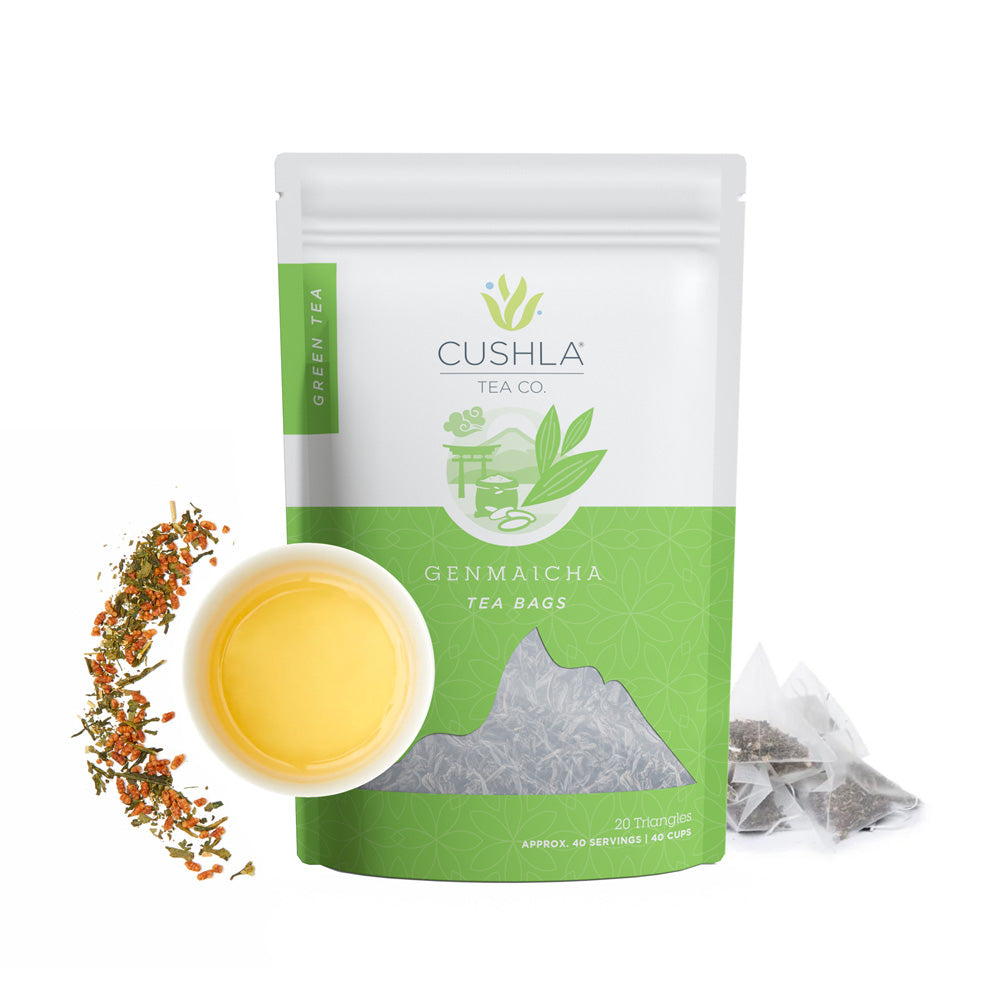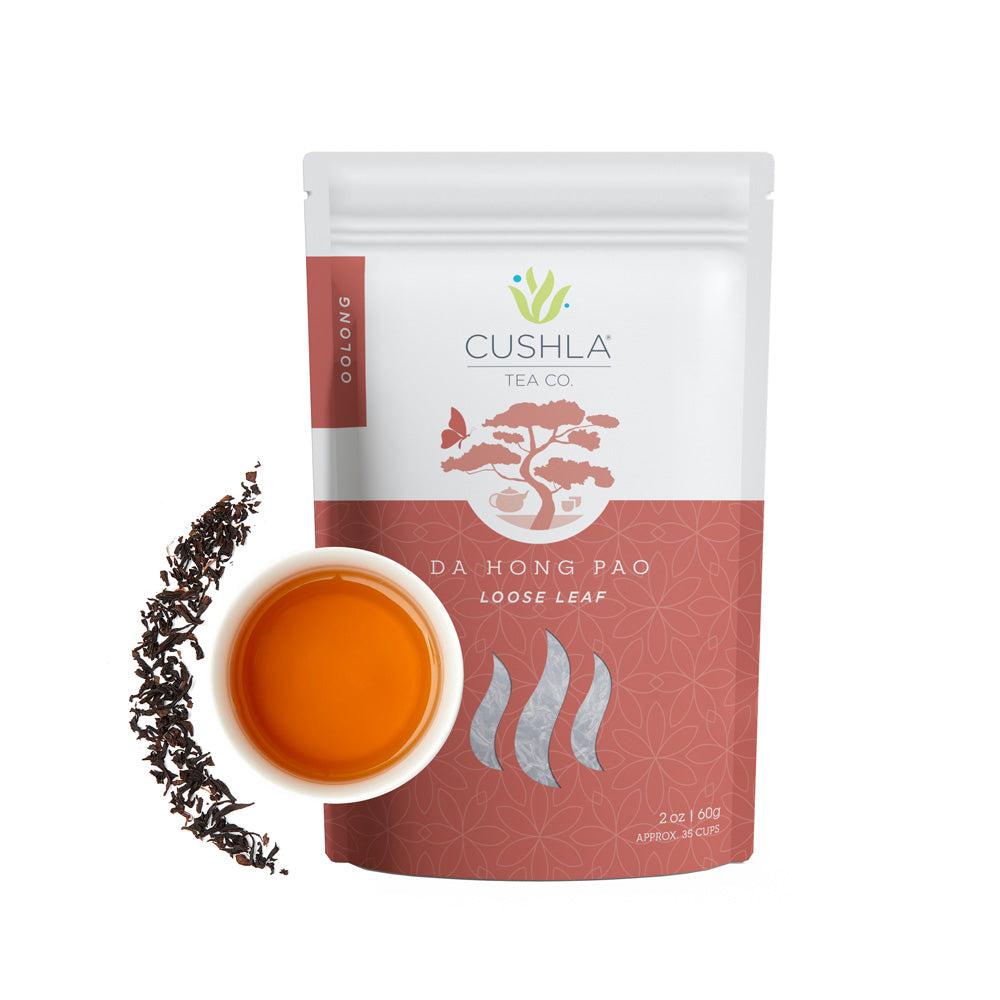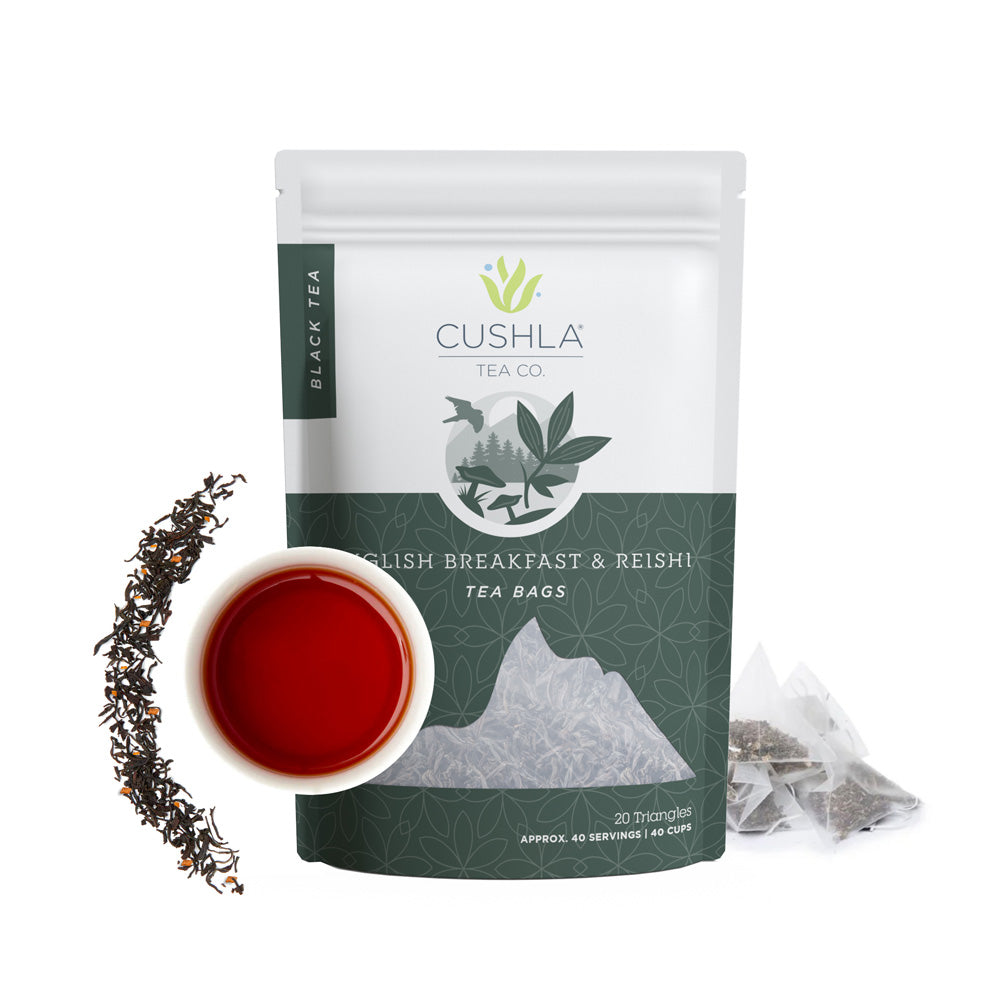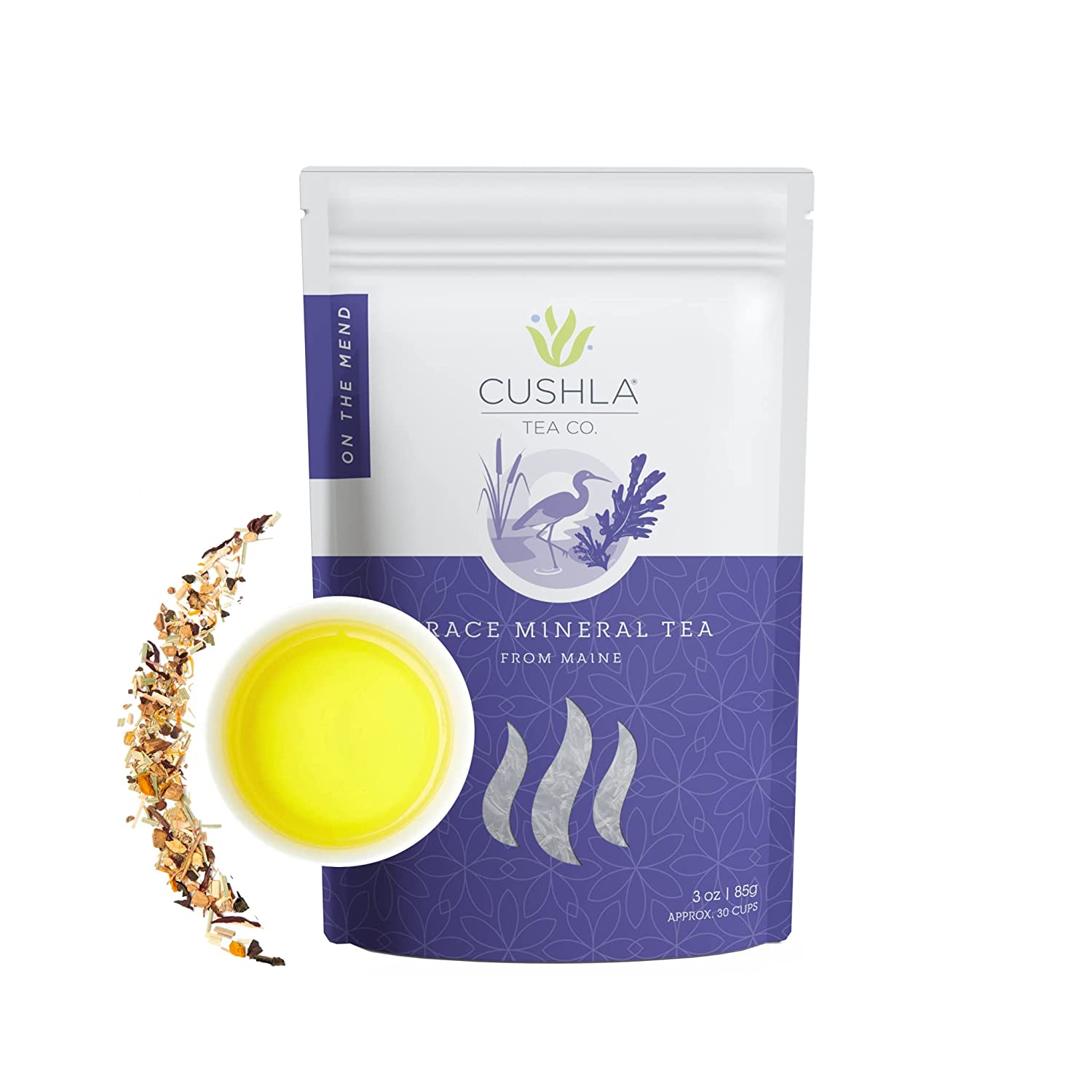Sheng Puerh is a raw tea made in the Yunnan Province of China. It has been an esteemed variety of tea for well over 1,000 years. This kind of tea is often pressed into cakes that make it simple to store and transport.
After extensive fermentation, usually over 15 years, it reaches a maturation state that makes it beneficial for your health. As such, you may want to start drinking more of Sheng Pu-erh tea to aid in digestion and get probiotics to help your gut health thrive.
Properly brewing this type of tea will give you a warming sensation filled with woody notes and a slight sweetness. Here’s how to make it the right way.
-
Grab a Tea Vessel
Porcelain teapots are ideal for Sheng Puerh tea. Mugs or glass teapots aren’t the best type for this style.
-
Go By Weight
To get the right ratio of water to tea leaves, use your kitchen scale. You will want to measure 1 gram of tea for every 30ml of water.
-
Warm Things Up
With Sheng Puerh, warming up your vessel is preferred. You should take this step prior to adding the tea.
-
Use Good Water
Spring water or filtered water is the best choice for making tea. Tap water will not allow the flavors to flourish.
-
Quick Rinse the Tea Leaves
Providing a quick rinse of the tea leaves wakes them up. Keep in mind, they have been pressed into cakes. These teas have been aging for years, so like you’d decant a finely aged wine, you want to gently warm up the leaves. You’ll do this by pouring hot water into the pot and the quickly pouring the water out.
-
Steep Properly
Once you have primed your leaves, it is best to use shorter steeping sessions to get the most delicious results. Ideally, you will turn this into three sort session. The first one will have short steeps with the next ones lasting 15 seconds longer each time.
-
Don’t Forget – Water Temperature Is of Utmost Importance
When it comes to brewing Sheng Puerh team you want the water hot but not boiling. The trick though is to make sure it is high enough but not too high. If it’s too low, it will not reveal its best flavors while when it’s too hot it can ruin the tea. Ideally, 210 is the recommended temperature for this style of tea.
Additionally, repeatedly boiling the same water dissipates the oxygen in the water. Doing this will ruin the taste of your tea, so aim to boil each pot of water only once. Set the stage for a tea tasting by taking your time with this fermented tea. Use your good tea set and prepare for the wondrous flavors to unfold onto your palate with every sip!






